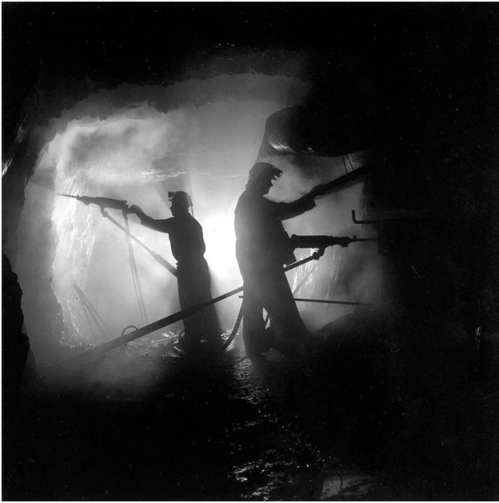The Toronto Star has the largest circulation in Canada. The paper has an enormous impact on federal and Ontario politics as well as shaping public opinion.
Suspending a project to convert Thunder Bay’s coal-burning power plant to natural gas threatens the well-being of northwest Ontario’s booming mining sector, according to local politicians. And the Ontario Mining Association is also taking a close look at the impact decision, a spokesman said.
They were reacting to the Ontario government’s decision to halt work on converting the Thunder Bay plant to gas. It now burns coal, but the province has pledged to shut down all coal plants by the end of 2014. The Northwestern Ontario Municipal Association put out a sharply worded release on the news.
“These actions put at risk billions of dollars of investment in the mining sector by raising concerns that the required power may not be there when it is needed,” said Ron Nelson, president of the association.
The province says that converting the 300-megawatt Thunder Bay plant isn’t needed, because the area’s needs can be served by a new transmission line scheduled to go into service in 2017.
























